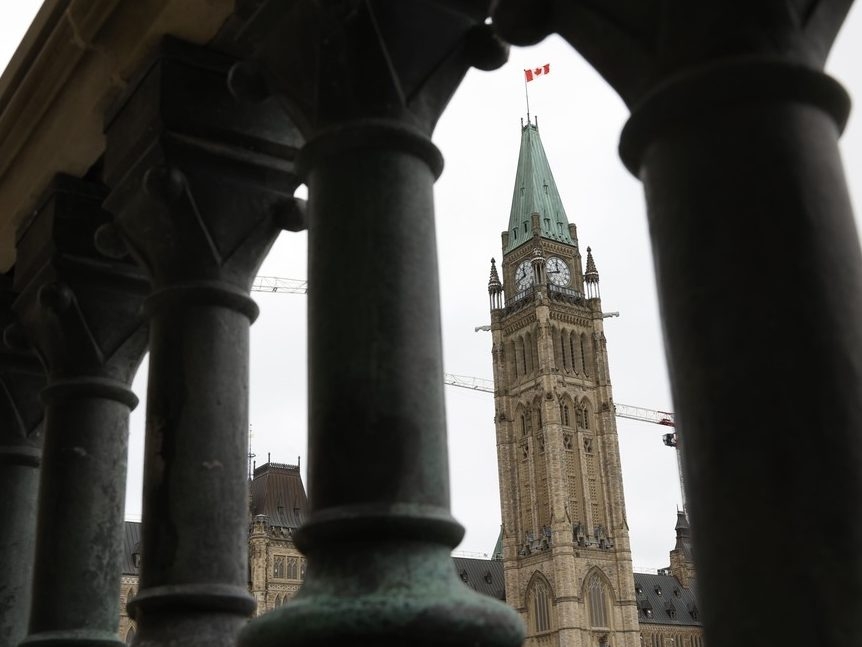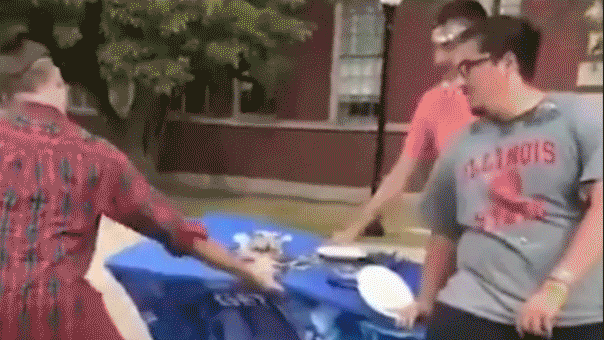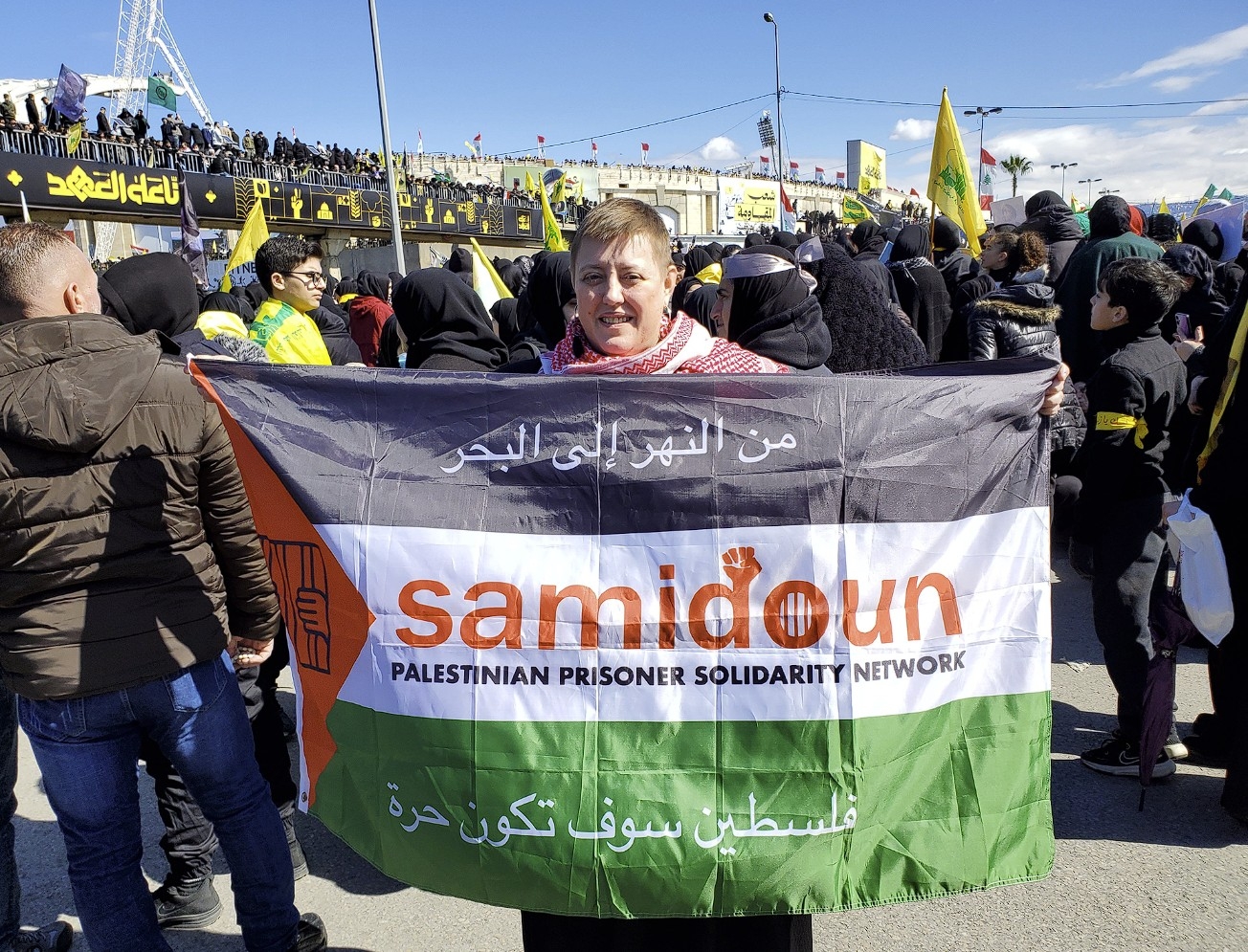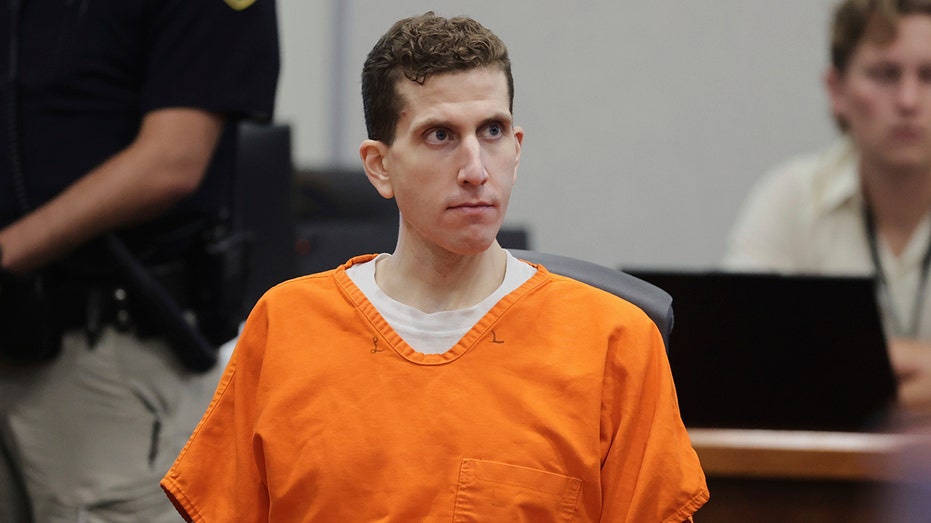FBI WHISTLEBLOWER: Kirk Probe EXPLODES – Agencies at WAR!
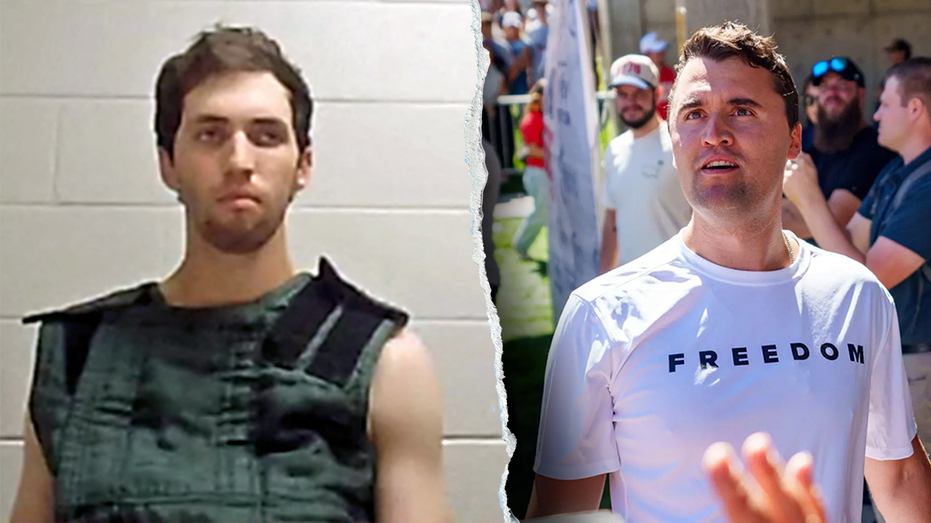
The attempted assassination of a prominent figure sparked a flurry of investigation, but behind the scenes, a different kind of tension was brewing – a dispute over the direction of that investigation. Reports surfaced suggesting friction between the FBI and the National Counterterrorism Center (NCTC) regarding the case, centering on the search for potential connections beyond the alleged shooter. The NCTC, responsible for coordinating counterterrorism intelligence across the federal government, began exploring possible links to extremist groups. This move reportedly caused concern within the FBI, with leadership questioning whether the NCTC director was overstepping boundaries and potentially jeopardizing the prosecution of the accused, 22-year-old Tyler Robinson. However, sources now indicate the reported conflict was overstated. Claims of a serious rift between the agencies and their leaders have been downplayed, with assurances that collaboration remains strong. A joint statement from both the ODNI and the FBI affirmed their unified approach, emphasizing cooperation with federal lawmakers to bolster national security. At the heart of the disagreement was the scope of the investigation. While the FBI focused on building a case against Robinson, the NCTC sought to determine if others played a role, potentially including groups like Antifa. This led to high-level meetings, including Vice President Vance, to address the concerns. Robinson currently faces state charges in Utah, most notably aggravated murder, a crime punishable by death. Though federal charges haven’t been filed, the Justice Department’s involvement remains a possibility, a decision complicated by the delicate nature of ongoing investigations. Officials typically maintain silence to avoid influencing the outcome of a trial. Legal experts are divided on whether a broader investigation into potential co-conspirators would actually aid the defense. One attorney argued it wouldn’t diminish the evidence against Robinson, stating that identifying additional suspects doesn’t negate the fact he allegedly pulled the trigger. Another legal analyst suggested the defense strategy may center on avoiding the death penalty, rather than proving innocence. The possibility of being manipulated by outside forces, even if proven, might not significantly alter the case. History offers parallels – the question of whether Lee Harvey Oswald acted alone, or Ted Kaczynski’s motivations – highlighting the complexities of assigning responsibility. The shooting occurred on September 10th, as the victim addressed a crowd at a university event. A sniper’s bullet ended the speech and initiated a massive manhunt. Robinson was apprehended 33 hours later, over 200 miles away, after persuasion from family and a minister. A multi-agency task force immediately launched a comprehensive investigation, meticulously gathering evidence – surveillance footage, phone records, and ultimately, the suspected murder weapon recovered near the campus. Early leads included a 71-year-old man who falsely claimed responsibility, and several other persons of interest, none of whom were ultimately charged. Investigators also explored connections to individuals Robinson allegedly confided in, including a roommate and online acquaintances. While authorities currently believe Robinson acted alone, they acknowledge his increasing embrace of left-wing ideologies in the year leading up to the attack. The ultimate goal, according to sources, remains justice for all involved.
Share this article
Related Articles
Trending Now
Article Info
Category
USA
Published
Oct 29, 2025
Last Updated
4 hours ago
